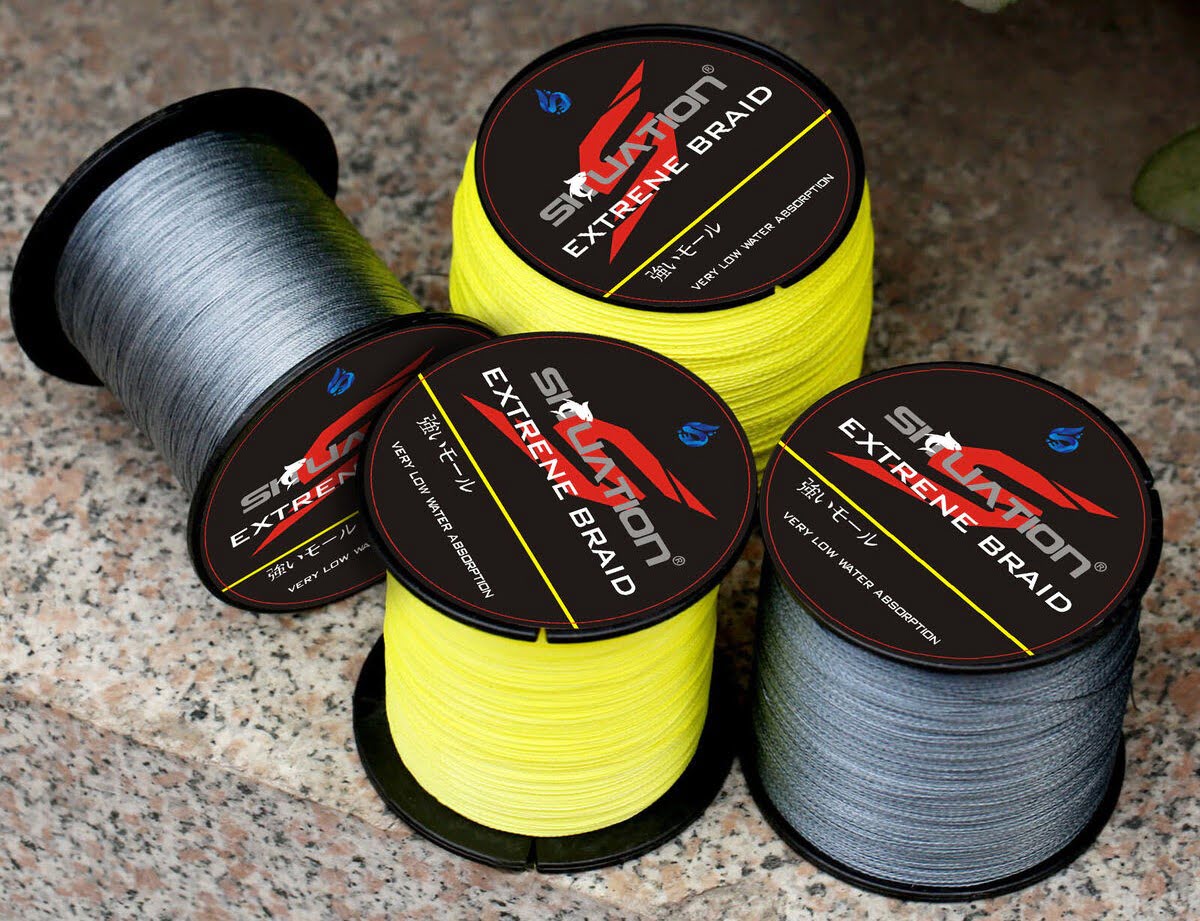Properly storing your fishing line is crucial for ensuring its longevity and performance during angling adventures. In this comprehensive guide, we explore various methods and valuable tips to keep your fishing line organized, untangled, and ready for action.
Key Takeaways:
- Consider the type of line, amount, accessibility, and available space when choosing a storage method.
- Clean, inspect, and prepare the line before storage to ensure longevity.
- Storing fishing line in a dry, cool, and dark place protects it from UV damage, extreme temperatures, and moisture.
- Regularly inspect, replace, and rotate the line to maintain its integrity and strength.
Choosing the Right Storage Method:
- Factors include the type of line, amount, accessibility, and available space.
- Considerations for monofilament, fluorocarbon, and braided lines.
- Compact storage options for limited space and convenient access.
Preparing the Fishing Line for Storage:
- Clean the line to remove dirt, debris, or saltwater residue.
- Inspect for damage, replacing if necessary.
- Ensure the line is completely dry before storage.
- Remove hooks, lures, or other tackle attached to the line.

Storage Methods:
- Storing on Spools:
- Choose durable spools designed for fishing line storage.
- Wind the line neatly and evenly to prevent tangles.
- Secure the loose end with tape or a rubber band.
- Label each spool for easy identification.
- Store in a dry place away from direct sunlight.
- Using Line Holders or Spindle Boxes:
- Select line holders suitable for your line length and thickness.
- Secure the line to prevent unraveling.
- Wrap the line neatly on the holder.
- Label for easy identification.
- Store in a dry and dark place.
- Storing on Reels:
- Ensure the reel is clean and dry.
- Replace worn or damaged line.
- Spool the line evenly, leaving space at the spool’s edge.
- Secure the line with a knot or tape.
- Store in a reel case or sleeve for added protection.
- Using Line Winding Boards:
- Choose the right winding board for your needs.
- Secure the line to the board.
- Wind the line evenly and neatly.
- Label the board for identification.
- Store in a dry place away from direct sunlight.
Additional Tips:
- Store line in a dark place to avoid UV damage.
- Avoid extreme temperatures to maintain line performance.
- Keep line tensioned when not in use.
- Regularly inspect, replace, and rotate the line.
- Maintain organization for quick access during fishing trips.
Properly storing your fishing line involves thoughtful consideration of its type, amount, and your personal preferences. Taking the time to clean, inspect, and prepare the line before storage, along with implementing suitable storage methods, ensures that your fishing line remains in optimal condition. By following these tips and techniques, you’ll be well-equipped for an enjoyable and successful fishing experience.
Image/Source: Storables.com





